DeepSeek AI
This node generates text based on requests using DeepSeek AI.
API Key
The API key is generated from your DeepSeek account. You can use this API key to connect to the DeepSeek AI.
Model
The available chat models for this AI. Currently, DeepSeek offers two models: deepseek-chat and deepseek-reasoner.
deepseek-chat
Designed primarily for conversational tasks and natural question answering.
Applications:
- Chatbots and virtual assistants.
- Automated customer support.
- Answering questions and explaining knowledge.
- Translation and text summarization.
- Supporting content creation (e.g., blogs, workflows, poetry).
deepseek-reasoner
Focused on logical reasoning, complex problem-solving, and tasks requiring analytical thinking.
Applications:
- Solving math, programming, and data analysis tasks.
- Handling reasoning questions (e.g., logic puzzles).
- Scientific and technical analysis.
- Optimizing data-driven decisions.
Prompt
Specify the request for the chat AI to process.
System
Use commands to guide the AI’s behavior, allowing you to set its role, style, or rules before starting the conversation. Without a system prompt, the AI may respond randomly or inconsistently, as large language models lack an inherent sense of role.
For example:
- System: "Respond as a data scientist using technical terminology" produces different responses than:
- System: "You are a poet."
Assign to Variable
Assign the output to a Variable.
- Variable Name: Name of the variable to assign the value to. This field appears when you select
Assign to Variable.
Insert into Table
Insert the value into a column in a Table.
- Select Column: The column where the value will be inserted. This field appears when you select
Insert into Table.
Practical Example
For example, you want to ask the AI to generate a question for the Professor AI in the Kite AI testnet as follows:
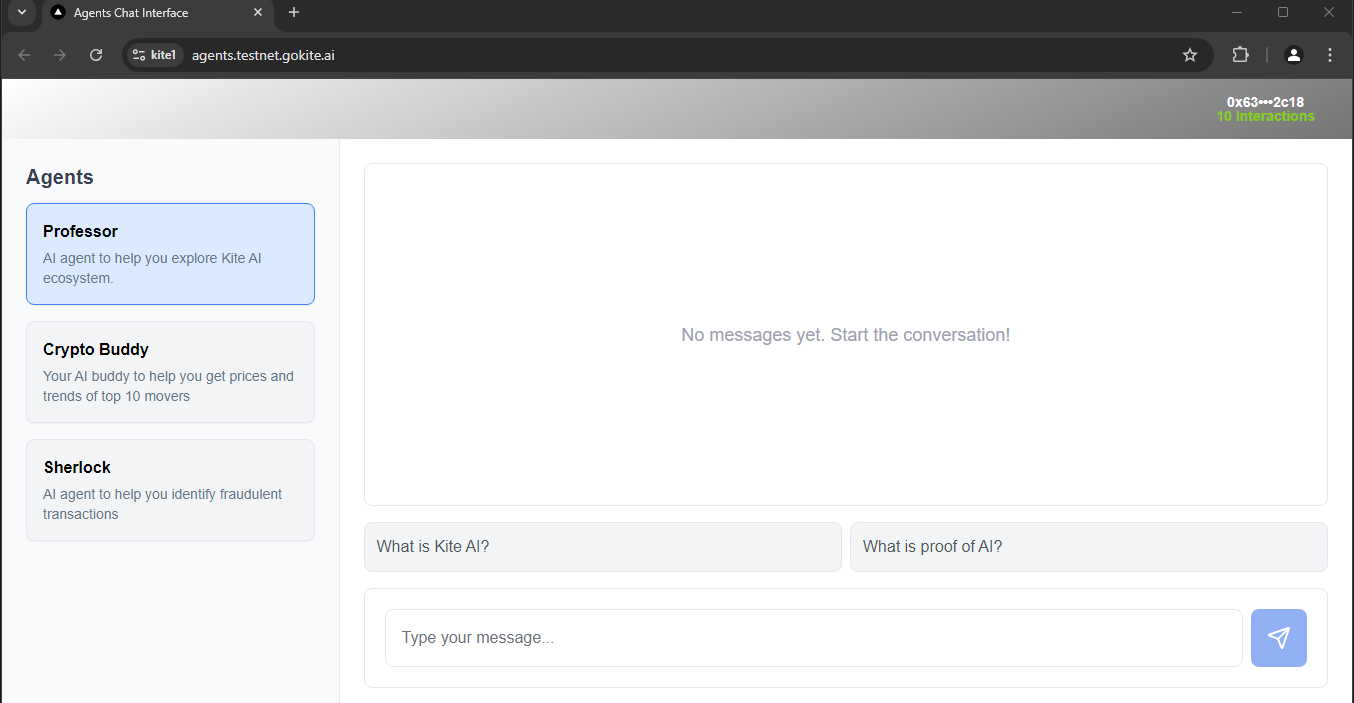
To achieve this, you configure the DeepSeek AI node as follows:
First, to create the API key, you visit API Key, click Create new API key, enter a name, and select Create API key. Then, you copy the key for use:

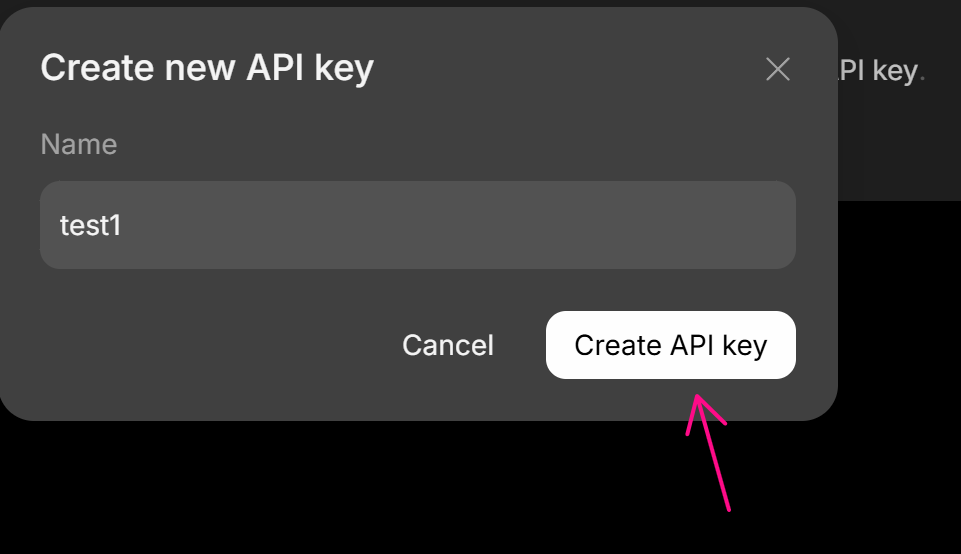
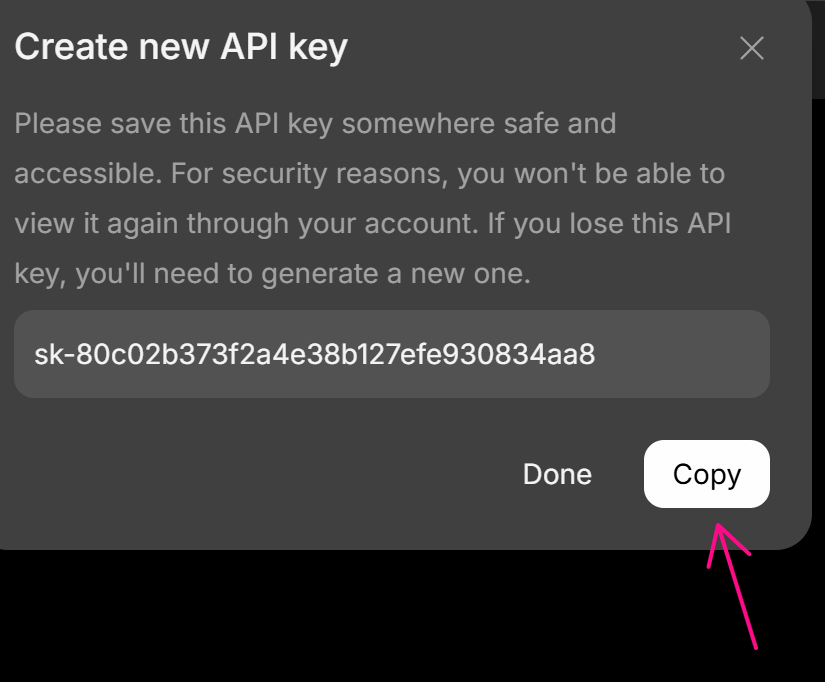
After creating the DeepSeek AI node, you enter the API key into the API Key field
For the Model field, since you want to generate a question, you choose the deepseek-chat model, suitable for question generation
For the Prompt field, since you want to generate a question for the Professor AI, which helps explore the Kite AI testnet ecosystem, you describe the prompt as: Create a question related to the Kite AI testnet ecosystem. Additional requirements can be added, such as question in English, no more than 100 characters, return only the question without additional characters. The prompt is entered as follows
For the System field, since you are asking as someone seeking information, you want the AI to generate a question as if from a beginner with limited knowledge about the Kite AI testnet. You enter: Create the question as someone with little knowledge about the Kite AI testnet, using beginner-friendly language
After running the node, it returns a question. To capture the question, you use a variable or table. For ease of use in the workflow, you assign the question to a variable named questionAI
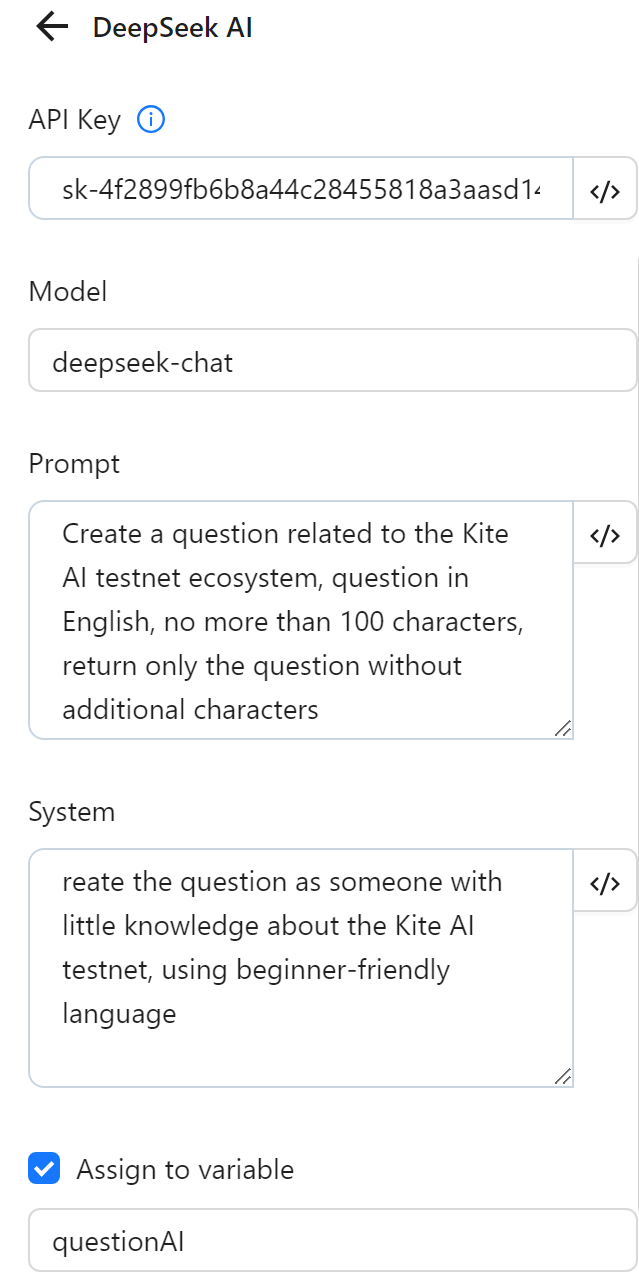
After configuration, you run the node, and the AI returns the result in the questionAI variable as follows:

After obtaining the question, you use a Key Press node to input the question, using the expression to retrieve the variable value: {{variables.questionAI}}, and send it to the AI:
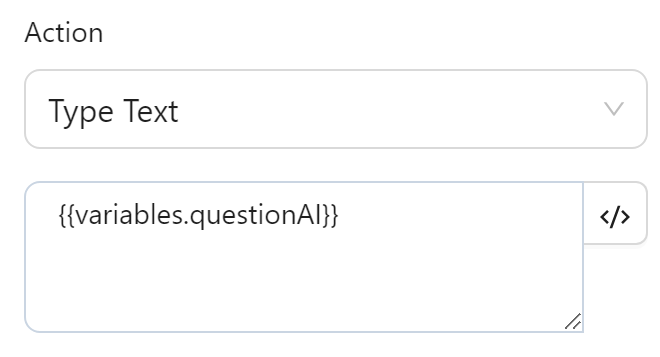
The text is then displayed as follows:
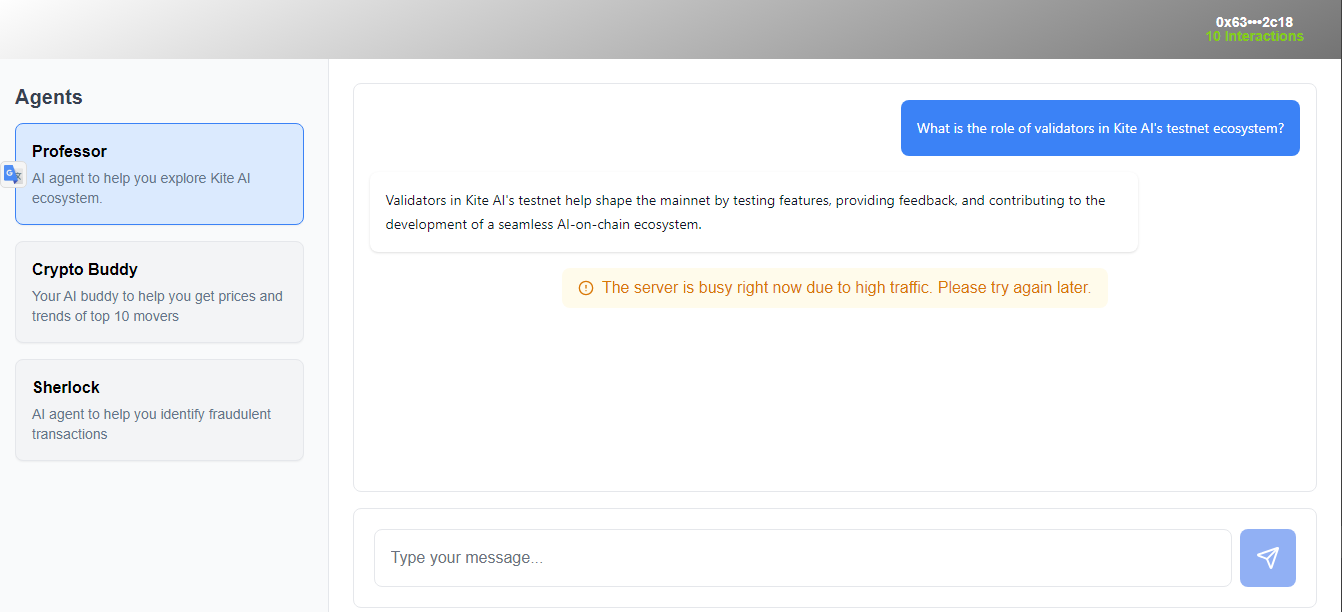
Thus, you have successfully used the DeepSeek AI node to generate a question for the Kite AI testnet.
